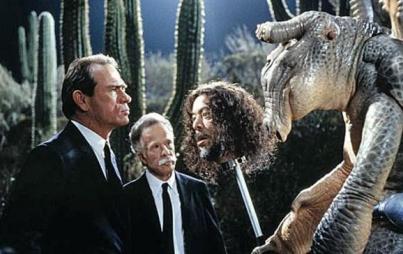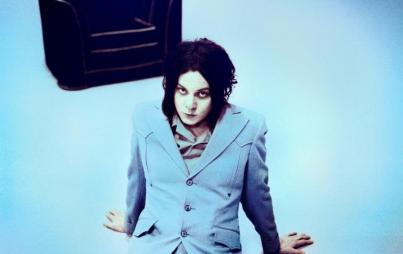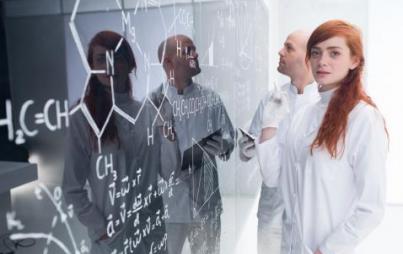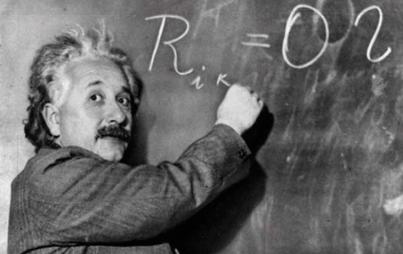
The Big Bang theory of the universe is a difficult phenomenon to wrap one’s head around. Apparently, a whole lot of something exploded from a tiny point of matter in a vacuum of nothingness. There’s plenty of mystery and speculation surrounding the circumstances prior to, during and after the bang, though scientists keep banging out intense experiments shedding more light on the proposed event.
The most recent news: researchers have proposed an experiment to re-create some of the events that occurred in the first seconds of the Big Bang—namely, the suspicion that some light turned into matter.
Doesn’t seem to make any sense, does it? Non-matter suddenly becoming matter? But I gave up long ago on trying to reason out quantum physics, so I suggest you join me in just letting go and allowing the counterintuitive idea to flow over you.
A Brief History of Scientists Doing Smart Stuff
It was actually 80 years ago that a team of scientists first proposed this idea. The pair suggested that smashing two photons (massless units of light) together could create an electron and positron—both of which do have mass.
Their calculations seems to be in order, but the scientific community of yore assumed that physically demonstrating the proposal was not feasible. Enter the research braggadocios of 2014: the lead author of a team revisiting the smashed photon idea claims the experimental design “can be carried out with relative ease and with existing technology.”
The proposal involves shooting two different lasers onto a gold surface, which combine to create a “thermal radiation field of photons” primed for collision. And from the incredibly energy-intensive collisions (which involve creating electromagnetic fields and destroying vacuums and other such elite-sounding physics stunts) come little electrons and positrons of mass. Or so the theory goes.
Success or Bust?
A previous 1997 experiment successfully created matter from pure energy—pretty amazing in itself—but didn’t have enough power to provide photon-on-photon action thought to be involved in the Big Bang.
If the experiment works out as planned, it could help scientists make further inroads into the life-giving workings of physics processes. But the proof will be in the sub-atomic particle pudding, so to speak.
So stay tuned! Or forget about it until the next press release detailing the team's ravishing success or jeer-worthy failure.
Image: ThinkStock






